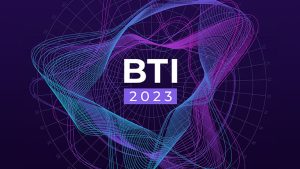What’s next in Banking?
Five key insights from 197 industry leaders
In today’s highly competitive banking and financial services (BFS) landscape, digital transformation represents the silver bullet solution for institutions and BFS providers to enhance their customer experience. In the name of retaining customers, financial institutions must be more explorative with tech innovations to ensure they are equipped to capitalise on evolving market trends.
Below, we have provided a comprehensive, banking–specific spotlight on Expleo’s Business Transformation Index 2023 report. From our commissioned global research, we reviewed the data of 197 senior banking and financial services professionals to showcase the prevailing business trends of the future.










